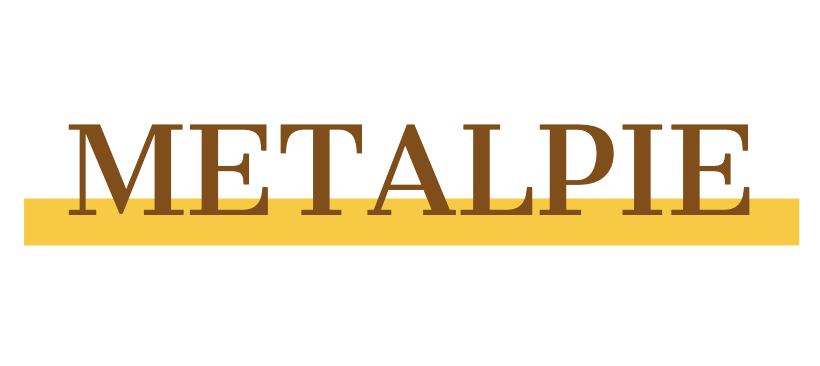Introduction
No one is going by traditional marking trends no more. As everyone swears by laser marking, they realize it comes with a double share. Not only are the marks permanent, but they are also less costly and damage-free. Get a laser marking machine today and enjoy the therapy of creating clean marks on your products effortlessly.
But before you get to the store, you will need in-depth knowledge of how these machines work. Question their application technique and their best features. Read on as we unravel everything about laser marking.
What is Laser Marking?
This is the process of marking surfaces or workpieces using a laser beam. This technology requires less effort. A concentrated light beam from the laser marker machine hits the surface of a workpiece. This reaction follows the patterns of the marks without destroying the material surface. The operator will need an oscillator, a focusing lens, and a scanning mirror.
Laser marking is a versatile process. It encompasses engraving, foaming, etching, carbon migration, etc. For efficiency, you can use a UV, green, fiber, or pulsed laser marking machine.
How Does Laser Marking Work?
Laser beams are high-energy and highly focused rays of light. The intense light beam creates a chemical reaction with the target material. This alters the properties and appearance of the material, creating high-contrast marks.
The science behind it: It all begins with an atom that is stimulated to emit light and energy. This light is hence concentrated and focused on a specified marking area. The released energy is measured in nanometers(NM).
Different wavelengths apply to different types of marking materials. For instance, heat-sensitive materials will need low-wavelength laser marking. So, a plastic surface will go well with a UV laser marking machine.
On the other hand, metals go with high-wavelength laser markers. Such high-wavelength laser markers employ fiber laser.
Traditional marking processes like printing use consumables and are altogether high maintenance. This is what takes laser marking ahead of the game. Besides, laser marking will require less effort and time, hence, more revenue.
Common Laser Marker Machine Types
- Fiber Laser Marking Machines
Fiber laser markers are among the most teched-up laser equipment so far. While everyone is discovering its unspoken benefits, others want it for the hype. But let’s talk about it!
Fiber lasers are popularly known as solid-state lasers because of their high-quality, sturdy marks. With a 20-to-50 Watts power range, a fiber laser beam stimulates the formation of ytterbium (a rare earth metal). Are you wondering about its wavelength?
The metal produces high-wavelength photons with the right absorption spectrum. Getting the right absorption spectrum is important because hard materials react to high-wavelength photons.
Fiber laser machines have a wavelength of 1,090NM, perfect for marking metals. Should you need high-resolution marks on your hard metals, fiber laser beams will deliver.
Pros:
- Fast marking speed on a variety of metals
- Requires zero consumables
- Affordable for its lower maintenance cost and friendly power usage
- You can get varying powers, and hence make different engraving depths
- CO2 Laser Marking Machines
This is a popular go-to for manufacturers seeking to mark non-metallic products. This technology uses a galvo-steered technology curated for marking logos, date stampings, etc. Electrical companies also employ these machines when creating barcodes, serial numbers, and logos, on their products.
The laser beams are also safe for marking food and medical packages. These laser markers are used with organic materials like wood, some plastics, and paper.
Pros:
- Applicable on a variety of non-metallic materials including glass and leather
- Used in a variety of industries such as food, medicine, electronics, and packaging industries
- Green Laser Marker Machines
This is a low-wavelength (532 NM) laser marker with a wattage ranging from 5 to 10. The machine operates in the green visible light spectrum, ideal for shiny surfaces. Their precision and precision makes them ideal for substrates like silicon wafers. They also display high-quality marks on soft plastics, PCB boards, circuit chips, etc.
- UV Laser Marker Machines
These lasers have a high absorption spectrum making them ideal for cold marking. With an absorptive wavelength of 355NM, they produce no heat stress on the surface of the material. Thus, they are used to mark glass, plastics, and ceramics. Due to their high precision, medical and electronic industries use UV laser markers to micro-mark appliances.
- Nd: YAG Laser Marking Machines
These are excellent options for marking very thin sheets of metal. Their lightweight and compact nature gives them a unique ability to leave a mark without causing warpage. Hence, you’re safe to use them with aluminum, steel, and the like.
Conclusion
The bar has been set for industrial regulations regarding identification. You might have been struggling to curate something legible, crisp, and precise, right? It’s about time you got yourself a marking laser machine. Read more about these excellent laser tools.
